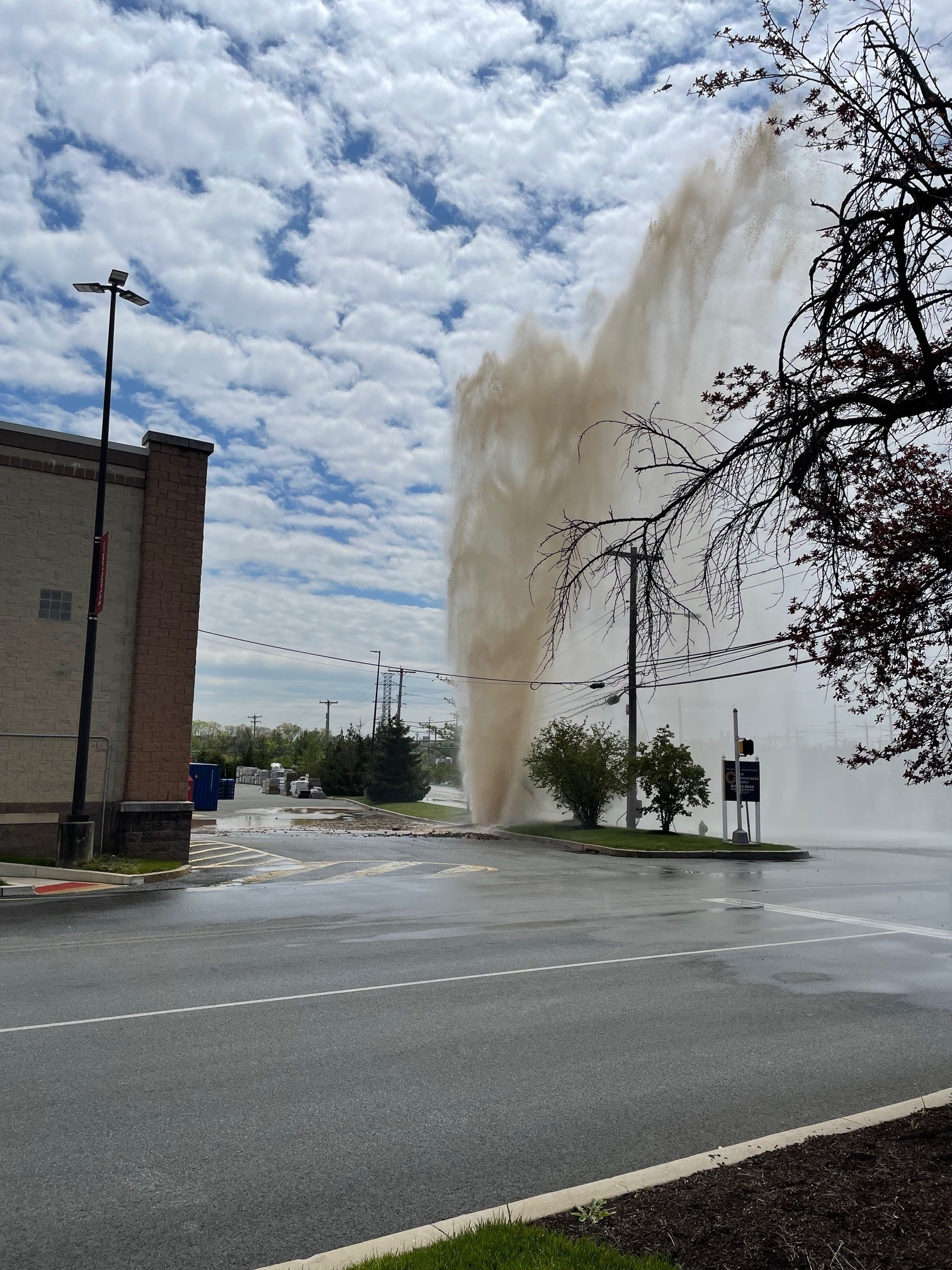New Jersey Gov. Phil Murphy and the state's Democrat-controlled Legislature have agreed on a measure that would allow the state to borrow up to roughly $10 billion to address the financial crisis caused by the coronavirus pandemic, the governor announced Friday.
The bill will be taken up next week and would create a commission made up of two members of the Senate and two from the Assembly that would have to approve all borrowing with a majority vote, state Senate President Steve Sweeney wrote in a statement.
“This agreement will ensure we will have the resources needed to respond to this fiscal and economic crisis in a responsible way," Sweeney said.
Republican lawmakers immediately announced they would sue to stop the plan. They have opposed a borrowing plan and have argued it will lead to statewide property tax hikes, a charge Murphy has dismissed.
Get Philly local news, weather forecasts, sports and entertainment stories to your inbox. Sign up for NBC Philadelphia newsletters.
“Today the Democrats in our state agreed to pile billions more in debt onto our children and grandchildren’s shoulders,” they said in an emailed statement. "This debt plan is bad policy, and without voter approval is clearly unconstitutional. We will file suit to stop it.”
The state Treasury Department has said New Jersey faces a $10 billion shortfall over the current and next fiscal years, though Murphy has said that could grow to $20 billion.
“Everybody recognizes the need for the borrowing, as painful as it is,” Murphy said Friday. "But we know we don’t have a choice, even with federal cash.”
Local
Breaking news and the stories that matter to your neighborhood.
Asked earlier Friday in an interview with The Washington Post whether the financial crisis could lead to higher taxes, Murphy said the state would “likely need revenue raisers” but didn't offer specifics, and said a tax increase is one of many alternatives being considered. “No amount of revenue we can raise will fill the hole we’ve got at the moment,” he said.
At his briefing later Friday, he reiterated his often-stated support for a tax on “individuals, companies, certain purchases that reflect folks who have succeeded, to help us to pay for a comprehensive program shrinking the inequities in our state.”
Murphy also has asked for 15% cuts across state departments for the new fiscal year beginning in October, and said Friday deeper cuts may be needed.
Fall sports on, but shortened
Fall high school sports will return in New Jersey but will start later and have shortened seasons, under a plan announced Friday by the New Jersey State Interscholastic Athletic Association.
Football will begin on Oct. 2 and last through Nov. 7, with postseason games scheduled for Nov. 13 to Nov. 22. Thanksgiving football games can be held at each school's discretion, but no other fall sports can be played after Nov. 22.
The NJSIAA said it plans to restrict the postseason to local, rather than statewide, competition and won't crown statewide champions. It plans to open postseason participation to any teams that wish to play. Leagues and conferences are “strongly encouraged to revise schedules to emphasize local competition and minimize the number of different schools that come in contact with each other,” the NJSIAA's statement said.
The governing body said it will issue updated plans as circumstances dictate.
Numbers
Murphy reported 31 additional deaths from COVID-19, bringing the state's confirmed total to 13,532. Officials said nearly 2,000 additional deaths in the state were likely caused by the virus since the pandemic started earlier this year. More than 300 new cases were reported, giving the state just under 175,000 total cases.
The positivity rate and the rate of transmission, which measure the rate of the virus's spread, both fell slightly. There were more than 90 people on ventilators, the first time that number has fallen below 100 in “many, many weeks, maybe months,” Murphy said.
For most people, the virus causes mild or moderate symptoms. Older adults and people with existing health problems are at higher risk of more severe illness or death.



